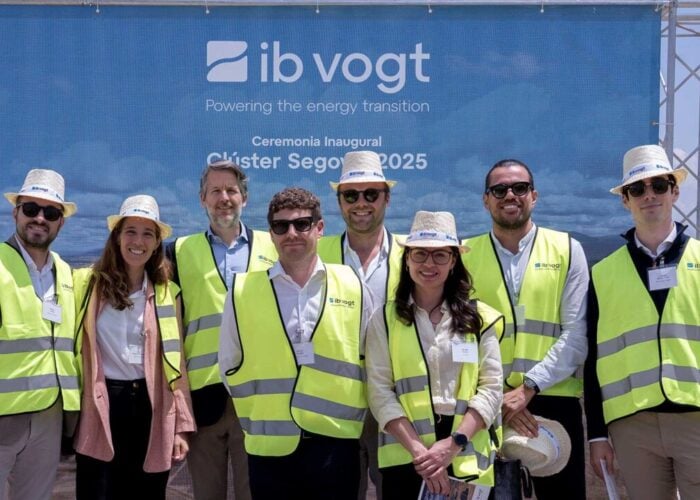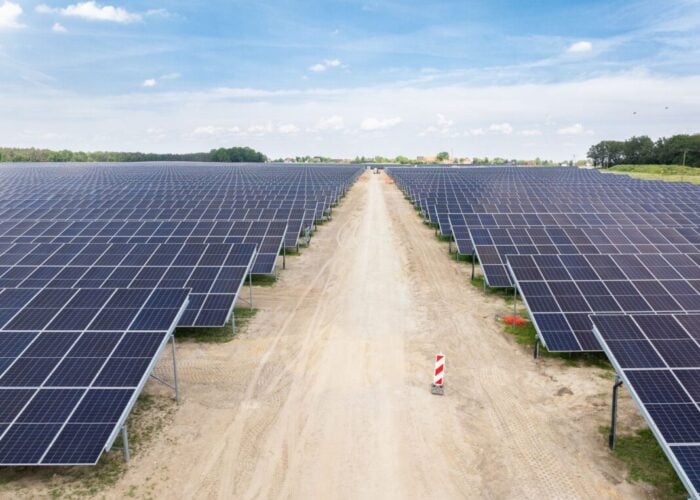A great deal of work can go into setting up a solar energy system at a business or organisation. Not only is there all the research and planning that goes into the initial decision to install a PV system at a particular location, there’s also significant financing, construction and legal work that must be completed in order to establish a productive solar energy system.
It’s not surprising that after such installations are completed, many system owners and managers choose not to invest significant additional time into their systems beyond power purchase agreement (PPA) management and necessary maintenance. The truth, though, is that these systems cannot be treated as “set-and-forget” products. System owners and managers must provide ongoing attention and maintenance to their solar energy systems – not only to ensure that the systems continue to produce at their greatest capacity throughout their life, but also to preserve the residual value of the systems overall.
Unlock unlimited access for 12 whole months of distinctive global analysis
Photovoltaics International is now included.
- Regular insight and analysis of the industry’s biggest developments
- In-depth interviews with the industry’s leading figures
- Unlimited digital access to the PV Tech Power journal catalogue
- Unlimited digital access to the Photovoltaics International journal catalogue
- Access to more than 1,000 technical papers
- Discounts on Solar Media’s portfolio of events, in-person and virtual
As the solar industry continues to grow and mature, more and more attention is being paid to a solar system’s residual value – or the value of the system at the end of a project’s life. Considering that solar panels generally carry performance warranties of 25 years, with production capacity that can often last well beyond that, the residual value of these systems can often be quite significant. Far too often though, solar system owners are not achieving the full potential value of their systems. Instead, lack of maintenance and monitoring is leading to long-term investment losses that they may not be aware of. While it varies by area, it is estimated that solar systems that aren’t properly maintained can fall 5 to 10% short of expected production each year. If such maintenance issues persist over several years it can even cause permanent damage to the system and accelerated degradation over time.
A little extra effort can go a long way to helping solar system owners preserve more of a system’s residual value. The key is to think of and treat solar energy systems as both physical and financial assets. That means accounting for both aspects when considering ongoing asset management plans – making sure to properly monitor, maintain and record performance throughout the system’s life
Monitoring solar energy systems
There is a wealth of information that can be gathered from solar monitoring systems – information that is not only useful for operational maintenance, but also for enhancing a solar system’s performance over time. While solar systems often come with at least some sensors, many are not automatically installed with everything that a system owner or operator might need. To maximise performance and value over time, systems owners should make sure they have the following in their systems:
- Irradiance Sensor: Solar irradiance sensors measure the amount of sunlight that’s actually reaching the panel. This sensor not only helps confirm that solar systems are getting the expected amount of sunlight, but can also flag when there are physical issues, such as obstructions.
- Temperature Sensor: Monitoring the temperature of a solar system is also important, since the temperature of a solar panel directly affects its power output. The most common of these is the flat surface temperature sensor, but there are additional sensors that can take in ambient temperatures and other data as well.
These sensors, in addition to the information provided by monitoring the inverter, can provide important clues necessary for improving the production of a system, but they do not work in a vacuum. System owners need to make sure they have the necessary teams in place to interpret the data and make decisions on how to best manage the installation. Depending on their needs, system owners may even consider hiring third-party support to maintain the values of their installations.
Regular, thorough maintenance
Having a monitoring system and team in place is a great first line of defence in the ongoing maintenance of a solar asset, but nothing replaces in-person assessments of solar equipment and corresponding environment. In order to maximise the value of a system over its life, it’s recommended that thorough reviews of all equipment be conducted regularly. During these assessments, system owners or managers should be looking at system output readings, checking equipment for corrosion or damage, and making sure there are no obstructions that could lead to structural issues, such as blocked drains. Owners should also make sure to coordinate with any asset management teams they have in place for recommendations on maintenance problems.
Even if such issues have not reached the point of creating permanent damage to equipment, they can be significantly detrimental to the residual value of the solar system due to their impact on performance. A buyer will look at the performance of the solar system over its life as a measurement of its potential output, and therefore, its value. If the seller has allowed smaller, performance-changing issues to persist over time, they may find themselves severely penalised at the point of sale. An asset manager can help to provide insights on which issues may have the greatest impact at the point of sale and can help to prioritise maintenance accordingly.
Keeping proper records
It’s never too early to start thinking about residual value, which, for existing solar systems, often starts with setting up an appropriate record-keeping system. While maximising performance is key to showing the potential value of a system, it can quickly become useless if the system owners are not able to produce organised proof of this history.
Building a strong system to track records can also be useful in making sure that appropriate financial reporting is being completed, and that no legal deadlines are being missed. Something as simple as not filing taxes in the appropriate manner or keeping a certain amount of insurance can lead to technical defaults of PPAs or roof leases, significantly impacting the system’s value.
Nautilus Solar has seen the financial impact of under-servicing and undermanaging solar assets. In addition to the short-term costs created by lagging performance or reporting headaches, there is a real impact on an owner’s return on investment over the life of a solar asset. Costs that can easily be avoided with a little more upfront planning and ongoing support for maintenance.







